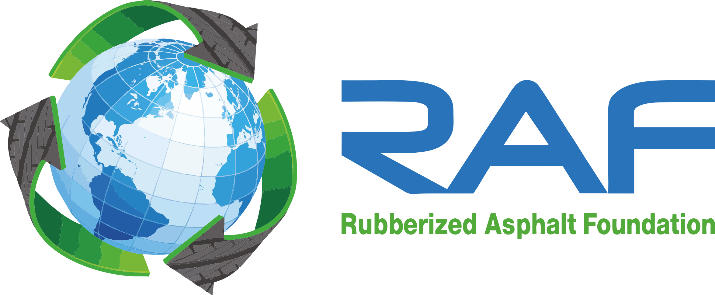Asphalt Rubber Chip Seals (ARCS) have been used as an effective Preventative Maintenance strategy by the California Department of Transportation (CALTRANS) for over 35 years, not only on minor projects but also on major roadways where both high truck traffic, high ambient and pavement temperatures have been prevalent. Due to flushing/bleeding in the wheel paths on one particular project in Imperial County, California, Caltrans placed nine test sections using two different asphalt rubber (AR) binders, modified binders designated as a PG 70-22TR, and a polymer modified asphalt rubber binder. Various 1⁄2 inch (12.5 mm) coarse aggregate gradings were utilized, with one 1⁄2 inch (12.5 mm) gradation providing a more uniform one size aggregate. Various binder spread rates and aggregate spread rates were also evaluated. The asphalt rubber binders were designed to use 22% crumb rubber modifier (CRM) content (17 % scrap tire crumb rubber, 5 % high natural crumb rubber), asphalt modifier, and two base stock asphalts, AR 4000 and PG 70-10. The PG 70-22TR binders were designed utilizing 8% and 5.5% scrap tire crumb rubber and the polymer modified asphalt rubber binder was designed to use 16 % scrap tire crumb rubber with 2 % polymer. Key concepts that were developed and evaluated included the use of polymers, low and high percentages of CRM content, and the performance of the binders under extreme climatic conditions and traffic loading. This paper provides an evaluation and comparison of nine test sections and rates their performance over a period of three to five years.
